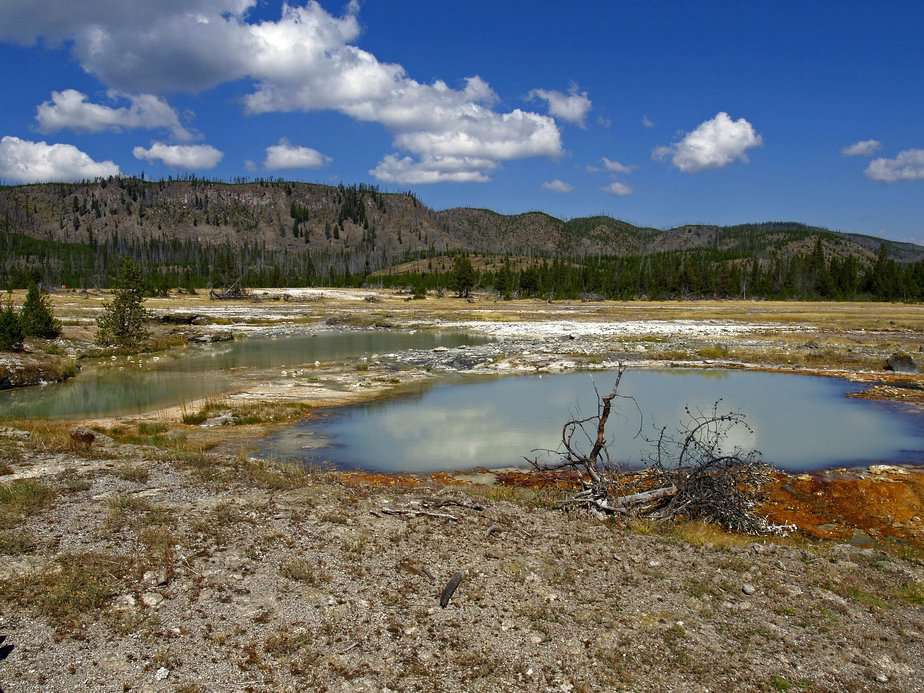
Farm dams are vital for irrigation, livestock watering, and flood control in rural areas, but they require erosion control.
Without proper erosion control measures, these essential water bodies can become sources of environmental degradation and soil erosion. Erosion not only affects the structural integrity of the dam but also leads to sedimentation in water bodies downstream. To ensure the longevity and effectiveness of your farm dams, implementing erosion control measures is crucial. Here are 10 tips to help you effectively manage erosion around your farm dams.
1. Proper Vegetation Cover
Maintaining a healthy vegetation cover around the dam is one of the most effective ways to control erosion. Planting native grasses, shrubs, and trees stabilizes the soil, prevents runoff, and reduces the risk of sediment entering the dam. Native plants are adapted to the local climate and soil conditions, making them more resilient against erosion.
2. Buffer Zones
Create buffer zones around the dam by leaving a strip of undisturbed vegetation along its banks. This buffer zone acts as a natural filter, trapping sediment and nutrients before they reach the water. It also provides habitat for wildlife and helps to prevent bank erosion.
3. Terracing
For areas with steeper slopes around the dam, consider terracing to slow down water flow and reduce erosion. Terraces are like steps built into the slope, creating flat surfaces that help to control runoff and prevent soil from washing away.
4. Mulching
Applying organic mulch, such as straw or wood chips, on bare soil helps retain moisture, reduces soil compaction, and minimizes erosion. Mulch also protects the soil surface from raindrop impact, which can lead to soil dislodgement and erosion.
5. Silt Fencing
Silt fences are temporary barriers made of permeable fabric that help contain sediment and prevent it from reaching the dam. Place silt fences strategically along slopes that drain towards the dam to capture runoff and sediment.
6. Rock Riprap
On dam embankments prone to erosion, consider using rock riprap—a layer of large rocks or stones placed along the bank. Riprap absorbs the energy of flowing water, reducing its erosive force and protecting the soil from being washed away.
7. Soil Stabilization
Stabilize the soil on dam slopes by using erosion control blankets or matting. These materials help anchor the soil, protect it from rainfall impact, and promote the growth of vegetation.
8. Diversion Channels
Diversion channels direct excess water away from the dam, preventing excessive runoff from eroding the dam’s banks. Properly designed diversion channels distribute water to areas where it can be absorbed or safely channeled away from vulnerable areas.
9. Regular Inspections
Frequent inspections of the dam’s condition and erosion control measures are essential. Catching erosion issues early allows for prompt corrective action, preventing larger problems from arising and ensuring the effectiveness of your erosion control strategies.
10. Professional Advice
Consult with erosion control experts, agricultural extension services, or environmental consultants. Their expertise can provide valuable insights into the specific erosion challenges your farm dam might face and offer tailored solutions to address them effectively.
Conclusion
Farm dams play a pivotal role in agricultural operations, but their sustainability depends on the implementation of erosion control measures. By prioritizing proper vegetation cover, buffer zones, terracing, and other techniques, you can safeguard your farm dam from erosion-related issues. These strategies not only protect the structural integrity of the dam but also contribute to the overall health of surrounding ecosystems. With the right erosion control measures in place, your farm dams can continue to provide essential water resources while minimizing their impact on the environment.
More reading
8 Effective Strategies to Minimize Evaporation Losses in Dams
